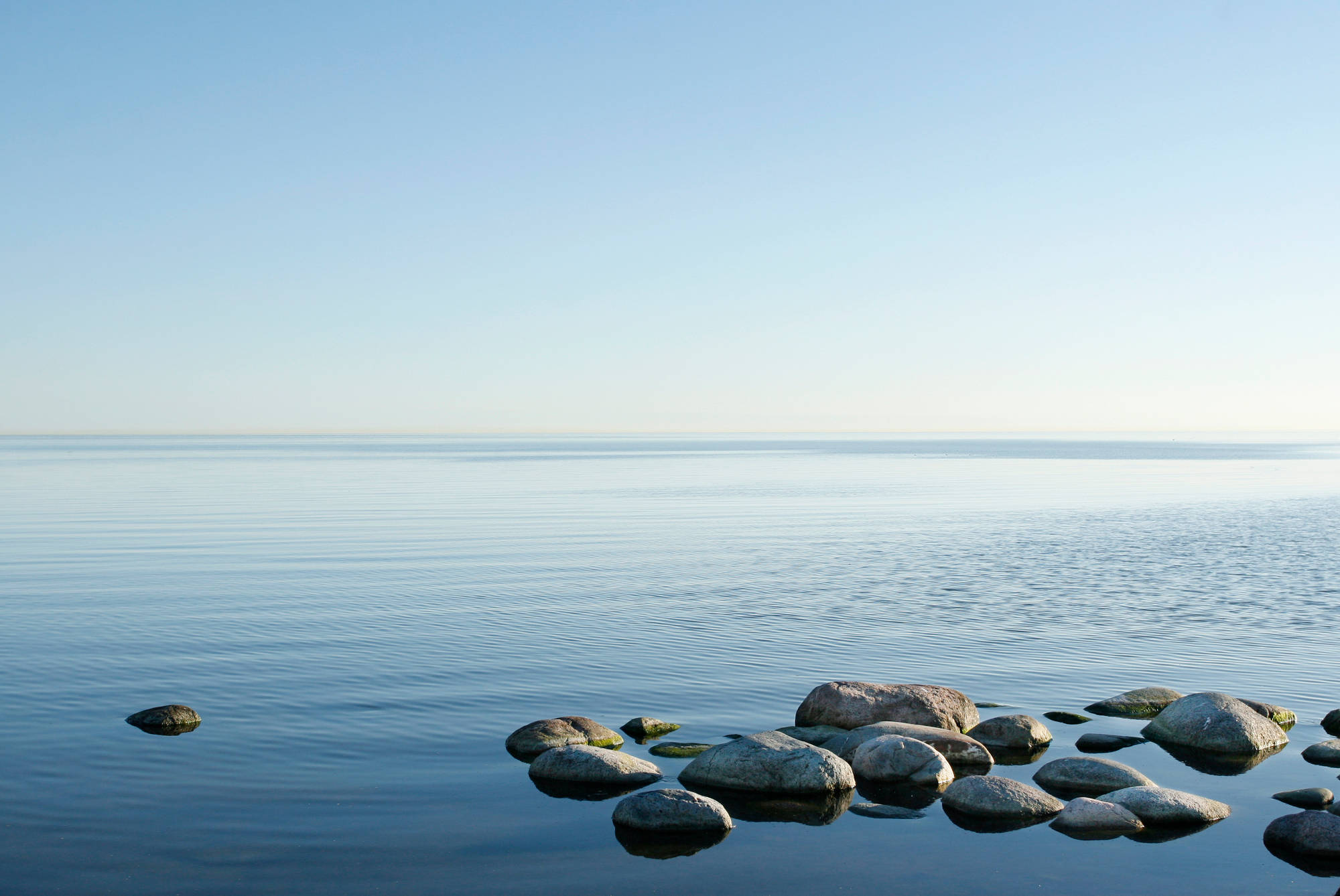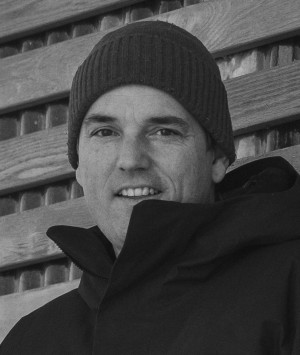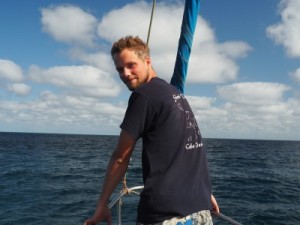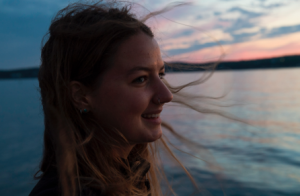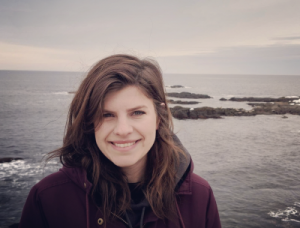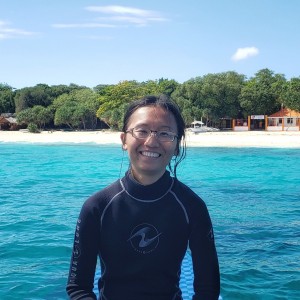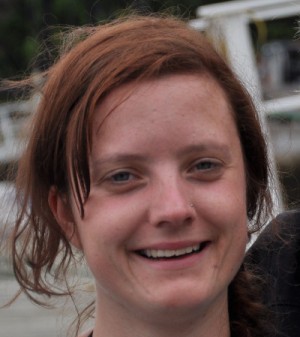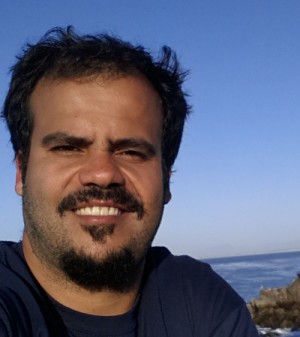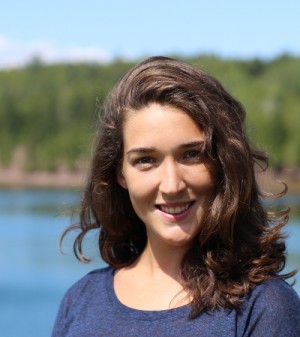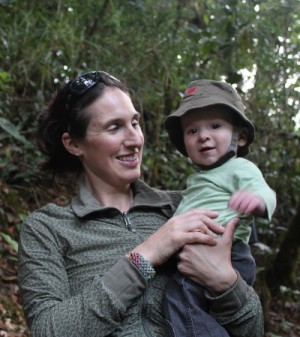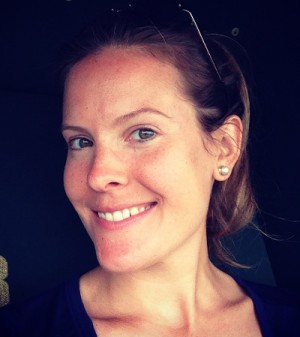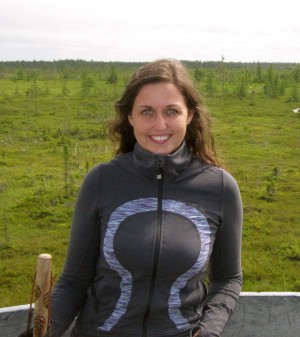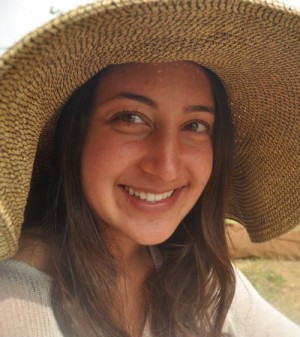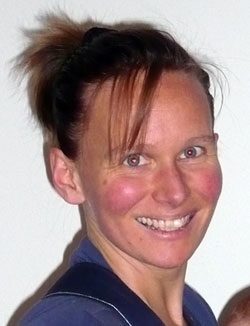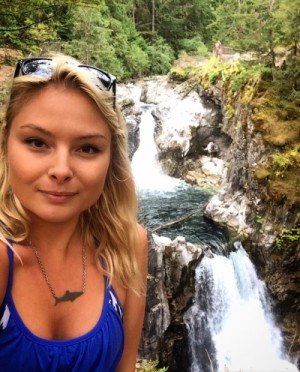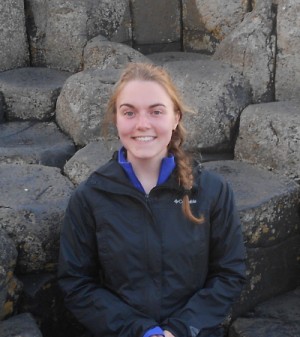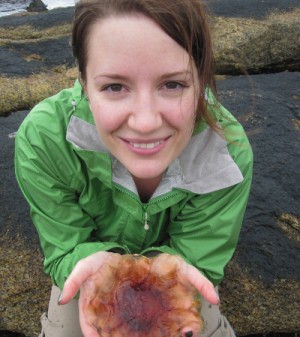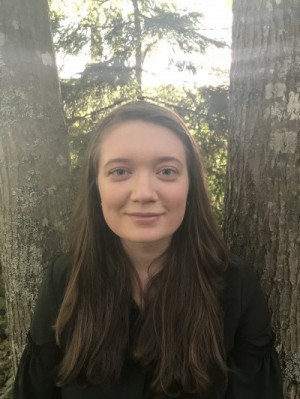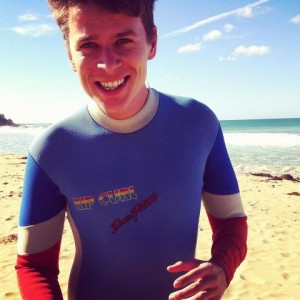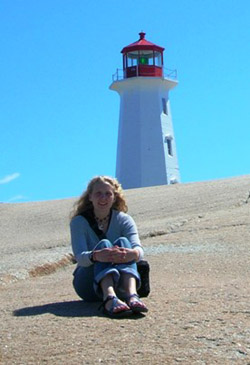
Project
Explaining variation in American lobster (Homarus americanus) and snow crab (Chionoecetes opilio) abundance in the northwest Atlantic Ocean.
The goal of my Doctoral research is to assess the causes of long-term changes in American lobster (Homarus americanus) and snow crab (Chionoecetes opilio) populations in the northwest (NW) Atlantic. Through analyses of available time series including commercial landings, research surveys, catch per unit effort, and local ecological knowledge, I am exploring a reported ecosystem shift in the NW Atlantic. This shift entails a region-wide decline of groundfish resources and an increase in benthic invertebrates, including large, commercially valuable decapods. I am examining multiple hypotheses relating to the causes of this shift, including changes in temperature and predation.

Project
Honours thesis was on behavioral and environmental conditions associated with shark attacks on humans
Currently I work at Bedford Institute of Oceanography as a Technician for the Offshore Clam Fishery. My responsibilities range from survey work and prep, clam processing, ageing, and preliminary analysis of the survey data.
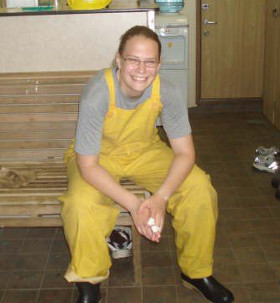
Project
Are jellyfish populations increasing worldwide (and why)?
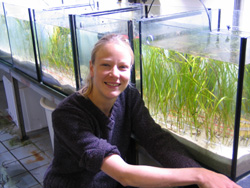
Interested in intraspecific diversity and its role in ecosystem functioning.
During my Ph.D. - supervised by Boris Worm and Thorsten Reusch - I analysed the role of genotypic diversity in eelgrass Zostera marina for the resistance and resilience of eelgrass meadows under heat stress and eutrophication.
Currently I am working as a Post doc at the IFM-Geomar, Kiel, Germany trying to unravel the defence mechanisms of the brown algae Fucus vesiculosus, by comparing transcriptomes of grazed vs. ungrazed individuals.
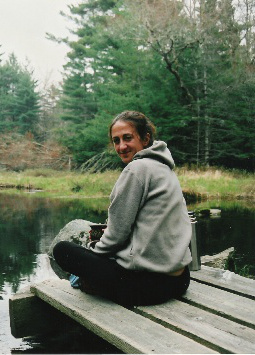
My work is focused on ecology, conservation and global patterns of diversity of sharks, rays and chimaeras.
Publications
Lucifora, L.O., V.B. García, and A.H. Escalante. 2009. Feeding habits of the sand tiger shark, Carcharias taurus, in the Southwestern Atlantic: diet, hooking location and overlap with fisheries. Animal Conservation. In press.
Lucifora, L.O., V.B. García, R.C. Menni, A.H. Escalante and N.M. Hozbor. 2009. Effects of body size, age and maturity stage on diet in a large shark: ecological and applied implications. Ecological Research. 24: 109-118.
García, V. B., L. O. Lucifora, and R. A. Myers. 2008. The importance of habitat and life- history to extinction risk of sharks, rays and chimaeras. Proceedings of the Royal Society of London. 275, 83-89.
Lucifora, L. P.; V. B. García, R. C. Menni and A. H. Escalante. 2006. Food habits, selectivity, and foraging modes of the school shark, Galeorhinus galeus. Marine Ecology Progress Series 315: 259-270.
García, V. B. and M.J. Kittlein. 2005. Diet, habitat use, and relative abundance of Pampas fox (Pseudalopex gymnocercus) in northern Patagonia, Argentina. Mammalian Biology. 70(4): 218-226.
Lucifora L.O. and V.B. García. 2004. Gastropod predation on egg cases of skates (Chondrichthyes, Rajidae) in the southwestern Atlantic: quantification and life history implications. Marine Biology 145: 917-922.
Lucifora, L.O.; J.L. Valero and V. B. García. 1999. Length at maturity of the greeneye spurdog shark, Squalus mitsukurii (Elasmobranchii: Squalidae), from the SW Atlantic, with comparisons with other regions. Marine and Freshwater Research 50: 629-632.

I am in the Marine Affairs Program at Dalhousie University working toward a Master of Marine Management degree. My graduate project will focus on examining and comparing skate management in Atlantic Canada and the United States, and will provide an overview of current threats, conservation efforts, and recommendations for improved bi-lateral management. Over the course of my degree, I will intern at the NOAA Fisheries Office of International Affairs and at the Shark Advocates International Office in Washington, DC.
I am particularly interested in international elasmobranch conservation and believe international dialogue is critical to conserve highly migratory species. Skates have similar life history characteristics to sharks and more attention on skate management could result in better protection for skates.
I previously studied International Relations and Environmental Studies at the College of William and Mary. I have spent several years in Washington, DC working in the marine non-profit realm.

The aim of my project is to compare underwater visual survey methods on their estimates of environmental variables. Specifically, I conducted underwater visual census and stereo-video surveys on the same coral reef sites in a marine protected area in Cayos Cochinos, Honduras. I am currently analyzing the results to see how UVC and SVS differ in estimates of species richness, diversity, abundance, and biomass. Based on my results, I will assess the suitability of each method in measuring these variables, as well as some advantages and disadvantages of each method, (although more research will be needed to provide a complete assessment). The results of this research could greatly change the current trends in data collection, and provide better information for management of marine resources.
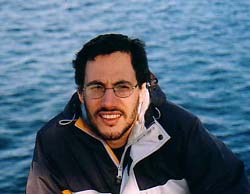
Publications
Journal Articles
(19) Garcia, V. B., L. O. Lucifora, and R. A. Myers. The importance of habitat and life history to extinction risk in sharks, skates, rays and chimaeras. Proceedings of the Royal Society B (in press).
(18) Colonello, J. H.; L. O. Lucifora & A. M. Massa. 2007. Reproduction of the angular angel shark Squatina Guggenheim: geographic differences, reproductive cycle, and sexual dimorphism. ICES Journal of Marine Science 64: 131-140.
(17) Lucifora, L. O.; V. B. García, R. C. Menni & A. H. Escalante. 2006. Food habits, selectivity, and foraging modes of the school shark, Galeorhinus galeus. Marine Ecology Progress Series 315: 259-270.
(16) Ruocco, N.; L. O. Lucifora, J. M. Díaz de Astarloa & O. Wöhler. 2006. Reproductive biology and abundance of the white-dotted skate, Bathyraja albomaculata, in the southwest Atlantic. ICES Journal of Marine Science 63: 105-116.
(15) Lucifora, L. O.; R. C. Menni & A. H. Escalante. 2005. Reproduction, abundance, and feeding habits of the broadnose sevengill shark, Notorynchus cepedianus, in north Patagonia, Argentina. Marine Ecology Progress Series 289: 237-244.
(14) Lucifora, L. O.; R. C. Menni & A. H. Escalante. 2005. Reproduction and seasonal occurrence of the copper shark, Carcharhinus brachyurus, from north Patagonia, Argentina. ICES Journal of Marine Science 62: 107-115.
(13) Lucifora, L. O.; R. C. Menni & A. H. Escalante. 2004. Reproductive biology of the school shark, Galeorhinus galeus, off Argentina: support for a single Southwestern Atlantic population with synchronized migratory movements. Environmental Biology of Fishes 71: 199-209.
(12) Lucifora, L. O. & V. B. García. 2004. Gastropod predation on eggcases of skates (Chondrichthyes, Rajidae) in the Southwestern Atlantic: quantification and life history implications. Marine Biology 145: 917-922.
(11) Lucifora, L. O.; A. L. Cione, R. C. Menni & A. H. Escalante. 2003. Tooth counts, vicariance, and the distribution of the sand tiger shark, Carcharias taurus. Ecography 26: 567-572.
(10) Lucifora, L. O. & A. I. Vassallo. 2002. Walking in skates (Chondrichthyes, Rajidae): anatomy, behaviour and analogies to tetrapod locomotion. Biological Journal of the Linnean Society 77(1): 35-41.
(9) Mabragaña, E.; L. O. Lucifora & A. M. Massa. 2002. The reproductive ecology and abundance of Sympterygia bonapartii endemic to the southwest Atlantic. Journal of Fish Biology 60(4): 951-967.
(8) Lucifora, L. O.; R. C. Menni & A. H. Escalante. 2002. Reproductive ecology and abundance of the sand tiger shark, Carcharias taurus, from the southwestern Atlantic. ICES Journal of Marine Science 59(3): 553-561.
(7) Lucifora, L. O.; R. C. Menni & A. H. Escalante. 2001. Analysis of dental insertion angles in the sand tiger shark, Carcharias taurus (Chondrichthyes: Lamniformes). Cybium 25(1): 23-31.
(6) Bremec C., T. Brey, M. Lasta, J. Valero & L. Lucifora. 2000. Zygochlamys patagonica beds on the Argentinian shelf. Part I: Energy flow through the scallop bed community. Archive of Fishery and Marine Research 48(3): 295-303.
(5) Lucifora, L. O.; J. L. Valero, C. S. Bremec & M. L. Lasta. 2000. Feeding habits and prey selection by the skate Dipturus chilensis (Elasmobranchii: Rajidae) from the south-western Atlantic. Journal of the Marine Biological Association of the United Kingdom 80: 953-954.
(4) Díaz de Astarloa, J. M.; D. F. Figueroa, L. O. Lucifora, R. C. Menni, B. L. Prenski & G. Chiaramonte. 1999. New records of the Pacific sleeper shark, Somniosus pacificus (Chondrichthyes: Squalidae) from the southwest Atlantic. Ichthyological Research 46(3): 303-308.
(3) Lucifora, L. O.; J. L. Valero & V. B. García. 1999. Length at maturity of the greeneye spurdog shark, Squalus mitsukurii (Elasmobranchii: Squalidae) from the SW Atlantic, with comparisons with other regions. Marine and Freshwater Research 50(7): 629-632.
(2) Iribarne, O.; J. L. Valero, M. M. Martínez, L. O. Lucifora & S. Bachmann. 1998. Predation by shorebirds: an alternative hypothesis to explain the origin of quaternary razor clam shell assemblages in coastal Argentina. Marine Ecology Progress Series 167: 301-306.
(1) Lucifora, L. O. & R. C. Menni. 1998. First record of a porbeagle shark, Lamna nasus, in brackish waters of Mar Chiquita lagoon, Argentina. Cybium 22(1): 87-88.
Book Chapters
(3) Menni, R. C. & L. O. Lucifora. 2007. An appraisal of the report by Einar Lönnberg (1905) on fishes collected by the Swedish South Polar Expedition. In: Antarctic Peninsula & Tierra del Fuego: 100 years of Swedish-Argentine scientific cooperation at the end of the world (J. Rabassa & M. L. Borla, eds.), pp. 77-82. Taylor & Francis, London, UK.
(2) Massa, A. M.; L. O. Lucifora & N. M. Hozbor. 2004. Condrictios de las regiones costeras bonaerense y uruguaya. In: El Mar Argentino y sus Resursos Pesqueros. Tomo 4. Los Peces Marinos de Interés Pesquero. Caracterización Biológica y Evaluación del Estado de Explotación (R. P. Sánchez & S. I. Veis, eds.), pp. 85-99. Publicaciones Especiales Instituto Nacional de Investigación y Desarrollo Pesquero, Mar del Plata, Argentina. (In Spanish with English abstract).
(1) Lucifora, L. O. 2001. Sharks and shark fishing in Mar Chiquita. In: Mar Chiquita Biosphere Reserve: Physical, Biological and Ecological Characteristics (O. Iribarne, ed.), pp. 205-206. UNESCO - Universidad Nacional de Mar del Plata -Editorial Martin, Mar del Plata, Argentina. (In Spanish with English abstract).
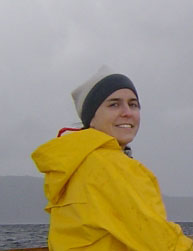
My research makes use of species distribution models to document and understand human-induced changes in the occurrence of individual species and in patterns of biodiversity. Species distribution models identify statistical relationships between species occurrence on the one hand and environmental and anthropogenic factors on the other. They are thus useful tools in estimating the likelihood of species occurrence where survey data are lacking, and can provide useful clues as to the causes of distributional change.
My work applies these types of models to the distributions of Pacific reef fish species to examine the impact various levels of fishing pressure have had on species' occurrence, abundance and community composition. It forms part of the Pacific Reef Fish Collaboration , which I coordinate, and the Lenfest Oceans Marine Extinctions Project.
My previous research has ranged from studying the international trade in seahorses to modeling the distributions of 1500 bird species in southern and eastern Africa. More details and a list of publications are available on my website.
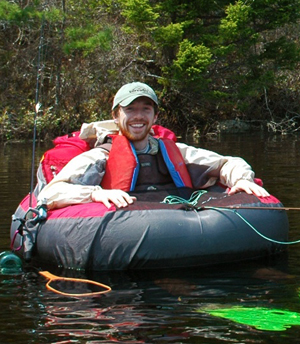
Meta-analysis of multispecies interactions and the affect on recruitment in demersal fish stocks
My project focusses on incorporating multispecies effects into latent variable covariance models that have been used to estimate density dependence within species (see Myers and Cadigan, 1993). Using long-term survey data from many different stocks, it is possible to elucidate the underlying trends. Part of my project focusses in particular on Irish Sea demersal assemblages.
Publications
Worm B, Hilborn R, Baum JK, Branch TA, Collie JS, Costello C, Fogarty MJ, Fulton EA, Hutchings JA, Jennings S, Jensen OP, Lotze HK, Mace PA, McClanahan TR, Minto C, Palumbi SR, Parma AM, Ricard D, Rosenberg AA, Watson R, Zeller D. (2009). Rebuilding global fisheries. Science, 325, 578-585.
Minto C, Myers RA, and Blanchard W. (2008). Survival variability and population density in fish populations. Nature, 452, 344-347.
Minto C and Nolan, CP. (2006). Fecundity and Maturity of Orange Roughy (Hoplostethus atlanticus Collett 1889) on the Porcupine Bank, Northeast Atlantic. Environmental Biology of Fishes, 77(1), pp. 39-50. pdf
Abdallah et al. (2004). Comparative studies on the structure of an upland African stream ecosystem. Freshwater Forum, 21, 7-47.

I have research interests in the patterns, processes, threats and conservation of marine biodiversity. I target these issues with a variety of approaches including experimental work, meta-analysis of databases, modeling, and expert surveys.
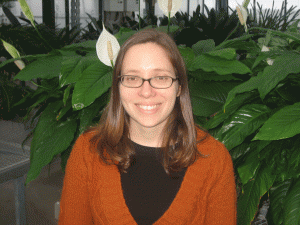
As the Education & Outreach Liaison for the FMAP project, I coordinate E&O activities for FMAP, including writing articles for the general public on research being performed within the group, and working with the Census of Marine Life on E&O activities. My background is in science and magazine writing/editing, and in the past I have written for several Canadian and international publications.
Also, as the Project Manager for the FMAP project, I am in charge of lab finances, personnel and administration.
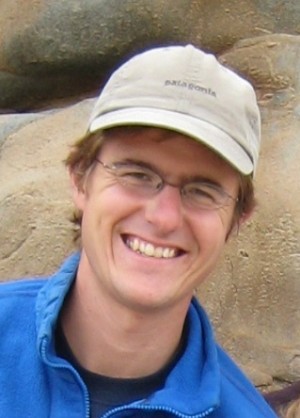
Project
Conservation strategies worldwide are designed around species distributions and biogeographic patterns, often under the assumption that these patterns are relatively stable. With climate change, however, distributions are now shifting as species seek more suitable conditions. There is an urgent need for credible predictions of future species distributions to guide conservation planning. Nowhere is this more evident than in the ocean where range shifts are up to an order of magnitude faster than on land. By using 50 years of observational data provided by research trawl surveys on the continental shelves of North America, this project will develop validated, process-based predictions of future marine species ranges along this continent. As opposed to previous efforts, this project will directly test models against past observations with hindcasting, and then use the best models for prediction. These models will consider climate, dispersal, and species interactions. Products from this research will include: 1) validated models for predicting marine species distributions along the continental shelves of North America, 2) predictions of future shifts in species distributions driven by climate change, 3) forecasts of future biodiversity hotspots and ecoregional boundaries, and 4) evaluation of existing marine conservation plans in light of future species distribution shifts.
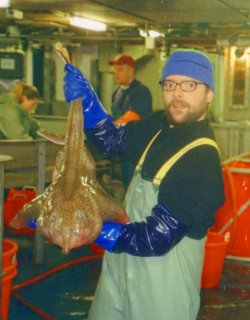
For my Ph.D. project I am investigating spatially and temporally explicit models to evaluate the effects of large-scale fisheries closures on marine animal populations. The use of large-scale time-area closures has been used as a conservation measure to rebuild depleted stocks. My project looks at the ecological aspects of such closures and aims at developing a framework to guide their design, implementation and evaluation.
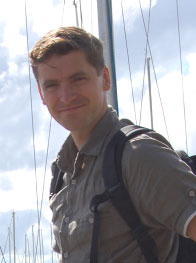
I am a research scientist based jointly at the Dalhousie University, the United Nations Environment Programme World Conservation Monitoring Centre (UNEP-WCMC) and the Computational Ecology and Environmental Science group at Microsoft Research. I am interested in human impacts on biodiversity in the oceans, the distribution and biogeography of marine species, and the effects of sampling and scale. My work is a combination of statistical analyses, theoretical modelling, field observation, and experiments.
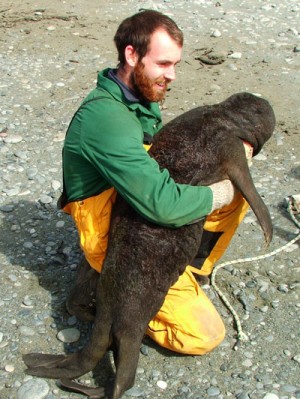
Mapping biodiversity and human impact drivers to assess high-seas conservation priorities
I'm broadly interested in marine ecology, conservation planning and prioritization. In particular, I'm interested in the role that apex predators play in structuring marine ecosystems and contributing to their resilience, and how planning can accommodate this. I visited the Worm lab during the summer of 2008 while working on the research project for my MSc in Biodiversity Conservation and Management at Oxford University. My project examined the association between human impact drivers and tuna and billfish species richness to help develop conservation priorities in the High Seas.
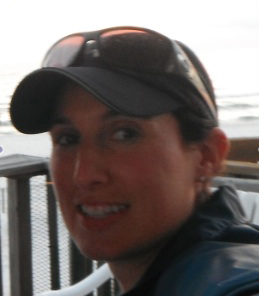
I am primarily interested in quantifying the extent of human-induced changes on marine communities and in evaluating the need for and success of different management initiatives. In my research I strive to place contemporary patterns in context with long-term changes.
I also developed and run eShark.org, a project that facilitates and collects statistically useful data from marine resource users, including scuba divers, snorkelers and fishers. Because eShark data are standardized among regions and resource users, the information is valuable for myself and other scientists in the assessment and monitoring of local and global marine animal populations.
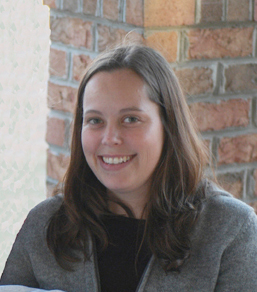
Coordination of lab personnel and finances.
